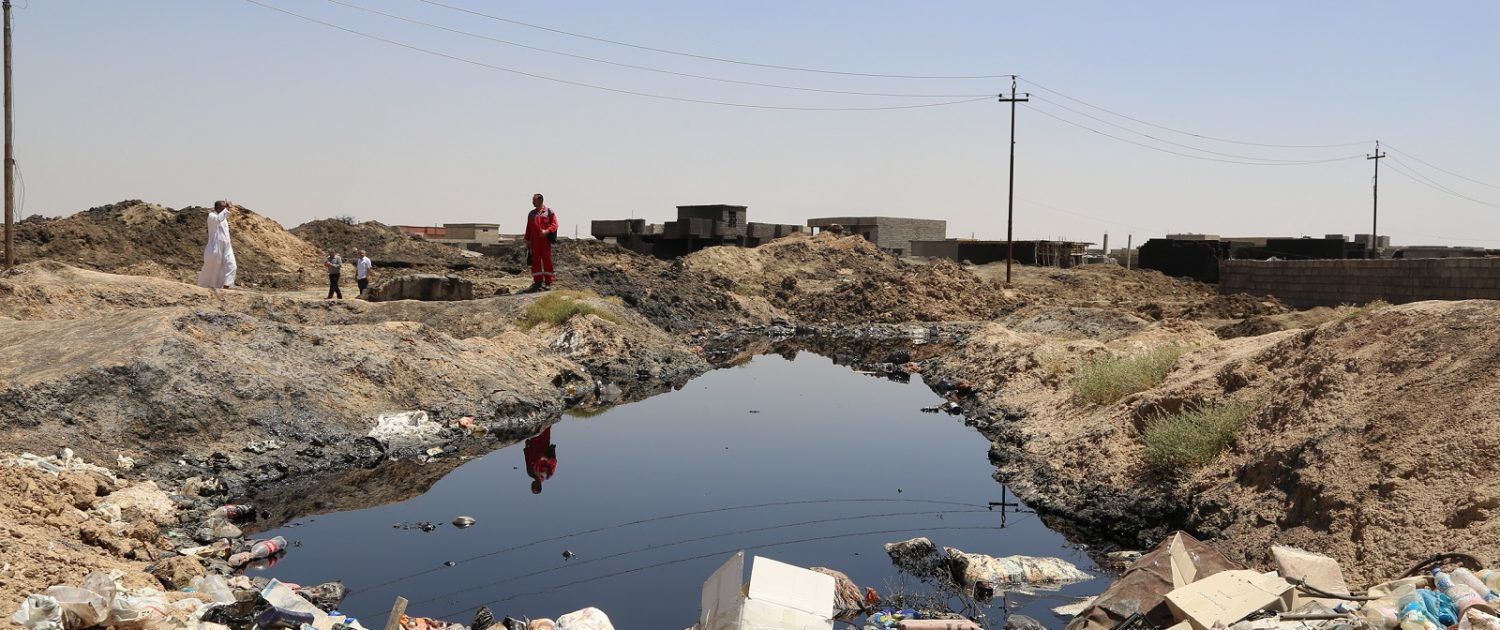 https://www.circleofblue.org/wp-content/uploads/2017/10/UNEPMosul1600px.jpg
1066
1600
Brett Walton
https://www.circleofblue.org/wp-content/uploads/2018/06/Circle-of-Blue-Water-Speaks-600x139.png
Brett Walton2017-10-03 11:42:532017-12-19 17:22:06Islamic State Occupation Wrecks Iraq Environment and Infrastructure
https://www.circleofblue.org/wp-content/uploads/2017/10/UNEPMosul1600px.jpg
1066
1600
Brett Walton
https://www.circleofblue.org/wp-content/uploads/2018/06/Circle-of-Blue-Water-Speaks-600x139.png
Brett Walton2017-10-03 11:42:532017-12-19 17:22:06Islamic State Occupation Wrecks Iraq Environment and InfrastructureThe Year in Water, 2017
A new era of severe environmental and economic disruption around the world upends freshwater supplies.
By Brett Walton
Circle of Blue – December 20, 2017
Two months ago, as winter in the Southern Hemisphere turned to spring, authorities in Cape Town grew nervous. After the driest three-year period on record the six main reservoirs that supply water to South Africa’s second-largest city were uncomfortably low. Winter rains, paltry as they were, had been no help, and the summer dry season was approaching. To avoid draining the reservoirs, the city’s leaders needed to act.
So in late October they drew up a plan to ration what little water remained. Four million residents were asked to whittle consumption to the bone. The city set a target of just 87 liters (23 gallons) per person per day for all household needs, an amount equivalent to scarcely more than one 10-minute shower. Conservation of that magnitude is an unprecedented goal for a city of Cape Town’s size, living standards, and economic stature. Despite repeated pleas it has not been achieved.
Cape Town’s water crisis is emblematic of a year and of an era. The pace of life is quickening. There is a change in the rate of change, and the superlatives biggest, driest, wettest, hottest, most severe are being employed with unsettling frequency to describe seemingly concurrent waves of treacherous drought, catastrophic fire, and engulfing flood.
The story of water in 2017 was one of trial and response. America’s water utilities, for instance, are caught between two forces: a need to reinvest in aging systems and income stagnation among the bottom 20 percent that is calling into question the affordability of water service for the poor. Overseas, the risks to life and health are more immediate. Authorities in southern India contend with falling groundwater tables, crop failures, and farmer suicides. In Iraq, the impediment is an environment despoiled by war and infrastructure rotting from neglect. In Yemen, an estimated 1 million people have been sickened by the worst cholera outbreak in recent times.
Across continents Circle of Blue found people and governments battered at the frontlines this year by powerful storms and by dangerous circumstances of their own making. Permissive land use codes in Houston worsened the damage from Hurricane Harvey’s outrageous August downpour, a 50-inch deluge in which Texans were overpowered by a flood of shortsighted policies. Texas representatives promote a $61 billion rebuilding plan, but it is not yet clear if they will learn the lessons from what went wrong. Three months after Hurricane Maria wrecked Puerto Rico, to cite a case of emergency response failure, residents are still advised to boil their tap water — though not all have electricity to heat a kettle.
Several notable trends emerged from Circle of Blue’s reporting: water stress caused conflicts in India, Africa, and the Middle East to flare, like a squirt of gasoline to a flame. Large water and energy systems — from hydropower dams and coal power plants to the utilities that operate them — faced civic protest or financial headwinds, forcing some to change course. At the same time, public concern is growing over groundwater and drinking water pollution, both nationally and abroad.
Water a Source of Conflict and a Casualty of War
The world’s business and political elite once again sounded the alarm in the World Economic Forum’s annual risk report that water shortages, extreme weather events, and climate change are destabilizing factors in the 21st century.
They need not look far for examples. In Tamil Nadu, a state on India’s southern coast, the worst drought since the 1870s cut grain harvests in half. Dozens of farmers killed themselves and hundreds more died of heart attacks, the stress of crop failure and weight of bank debt too much to bear.
The drought also agitated a longstanding conflict between Tamil Nadu and Karnataka, an upstream neighbor on the Cauvery River. Circle of Blue, in a 10-part series, investigated the river basin conflict and other ecological and economic trends — among them: mining sand from river beds, scrutiny of bottled water companies, and the rapid growth of Chennai, an information technology hub — that contribute to Tamil Nadu’s geography of peril. We also documented the efforts of Chennai’s young entrepreneurs to nudge the city’s leaders toward more climate-friendly development.
In the Horn of Africa, meanwhile, an extended dry period revived tensions between herders and landowners in northern Kenya, where dozens of people died in clashes. In neighboring Somalia, more than 1 million people in 2017 were driven from their homes because of drought or fighting linked to drought, according to the United Nations.
In the Middle East, war itself was the destructive force. In the fight against Islamic State, which was pushed out of Iraq this summer, canals and dams were bomb targets while oil and chemical spills polluted groundwater and rivers. The damage is just beginning to be assessed.
 https://www.circleofblue.org/wp-content/uploads/2017/10/UNEPMosul1600px.jpg
1066
1600
Brett Walton
https://www.circleofblue.org/wp-content/uploads/2018/06/Circle-of-Blue-Water-Speaks-600x139.png
Brett Walton2017-10-03 11:42:532017-12-19 17:22:06Islamic State Occupation Wrecks Iraq Environment and Infrastructure
https://www.circleofblue.org/wp-content/uploads/2017/10/UNEPMosul1600px.jpg
1066
1600
Brett Walton
https://www.circleofblue.org/wp-content/uploads/2018/06/Circle-of-Blue-Water-Speaks-600x139.png
Brett Walton2017-10-03 11:42:532017-12-19 17:22:06Islamic State Occupation Wrecks Iraq Environment and Infrastructure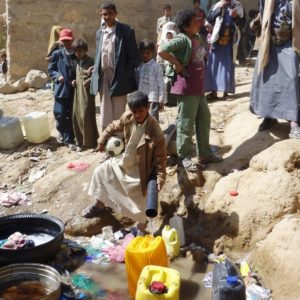
Clean Water Runs Out and Yemen Hovers on Edge of Another Epidemic
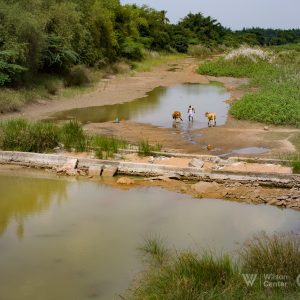
Water Scarcity Causes Cauvery Delta Anguish
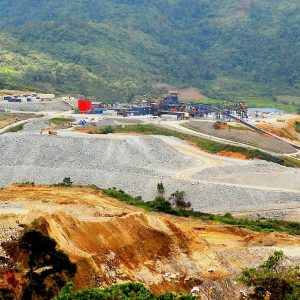
Gina Lopez, Philippine Environment Secretary, Pursues Watershed Protection
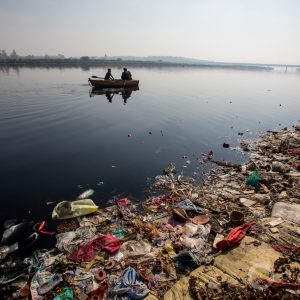
Water and Climate Dominate World Economic Forum Risk Report
U.S. Drinking Water and Sanitation Hazards
The first year of the Trump administration did little to calm growing fears about water pollution, as Trump’s vow of concern for “crystal clear” water has proved largely false. The U.S. Environmental Protection Agency delayed, for a year, regulatory action on lead in drinking water and set about narrowing the reach of the Clean Water Act. EPA Administrator Scott Pruitt’s emphasis on Superfund cleanups has yet to be rigorously tested.
Public attention, meanwhile, turned to perfluorinated chemicals, a class of compounds used in nonstick skillets, waterproof jackets, and many other household and industrial productions. The closer regulators look at groundwater samples, the more such compounds they are finding — in Michigan, Minnesota, New Hampshire, North Carolina, Vermont, as well as at hundreds of military bases. In the absence of federal regulation, state agencies, notably in New Jersey, began to set limits on perfluorinated chemicals in drinking water and groundwater. Lawsuits continued to be filed against chemical companies, none larger than Minnesota’s pursuit of $5 billion in damages from 3M.
Amid an outbreak linked to cooling towers at Disneyland Resort, the U.S. Centers for Disease Control and Prevention published data that reaffirmed that America’s deadliest drinking water hazard is the legionella bacteria. An aging population, corroded pipes, water and energy conservation, and neglect by building managers are a few of the explanations that experts give when asked to explain the four-fold increase in Legionnaires’ disease cases in the last 15 years.
Researchers in the American South turned their attention to diseases of poverty, such as hookworm, that were once thought eradicated. That is not the case in at least one Alabama county, where the combination of failing septic systems and poor sanitation have produced conditions for the disease’s reemergence.
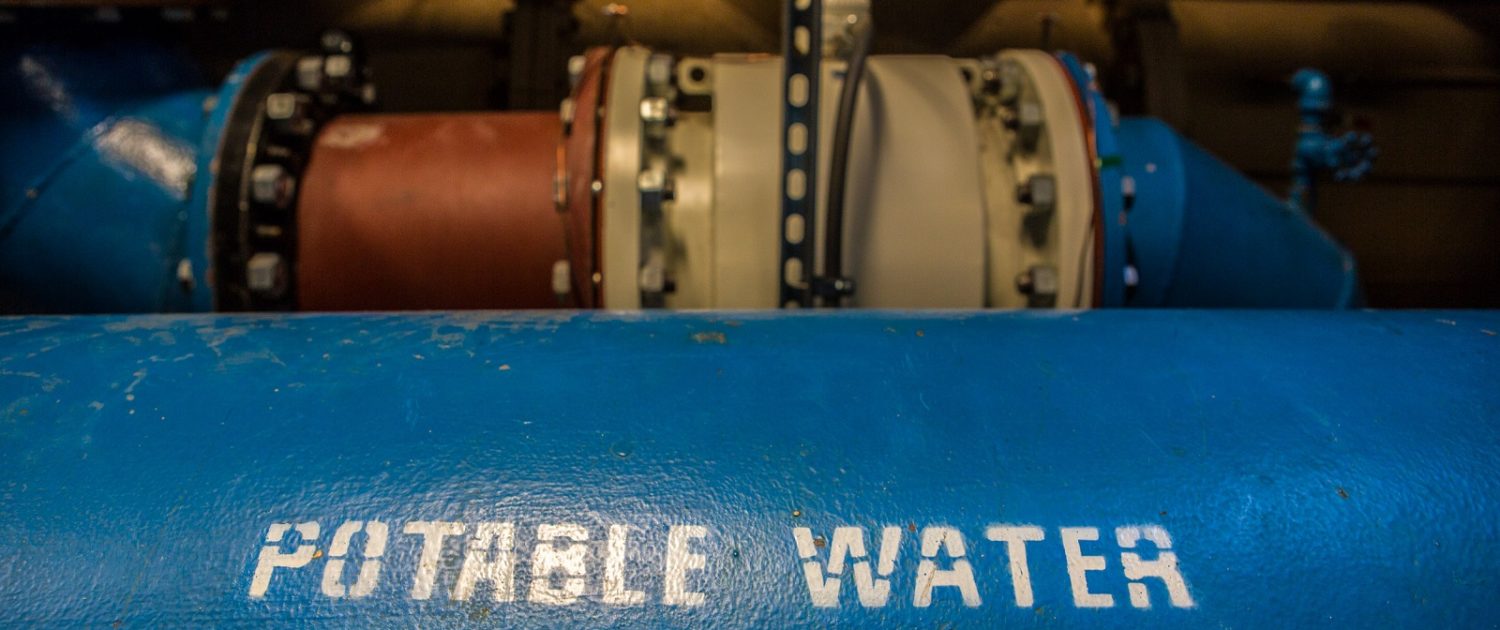
Risks Grow for Deadliest U.S. Drinking Water Hazard

New Jersey Sets First Binding State Limits for Perfluorinated Chemicals in Drinking Water
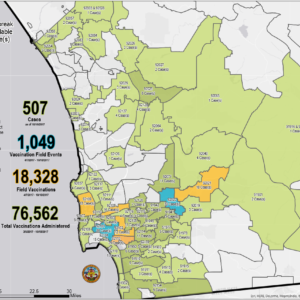
California Hepatitis Outbreak Has Killed 19 People
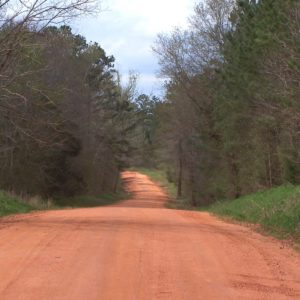
Diseases of Poverty Identified in Alabama County Burdened by Poor Sanitation
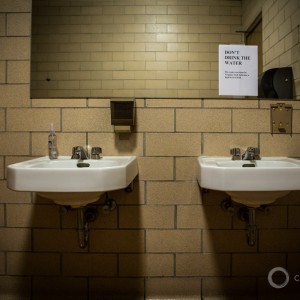
Undermanned EPA Delays Action on Lead in Drinking Water
Water and Energy Systems Confront Barrage
of Financial and Environmental Pressures
In February, runoff from California’s wettest winter on record overwhelmed Oroville Dam and exposed structural deficiencies in the concrete spillway, which cracked under the strain. The emergency evacuation of 188,000 people downstream of the crippled structure prompted questions about the safety of the nation’s more than 90,500 dams.
Water and energy systems everywhere are having to adapt to a new operating environment. India, buoyed by solar power ambitions, is rethinking investment in huge coal-fired power plants after soaring costs and public demonstrations over the harm that the multibillion-dollar facilities would do to land, air, and water.
In the Mekong River basin, continued development of hydropower dams threatens the world’s most productive inland fishery and the livelihoods of millions of people. The ecology and economy of the Mekong delta, too, is at risk, for the dams starve it of land-building sediment that holds back the sea.
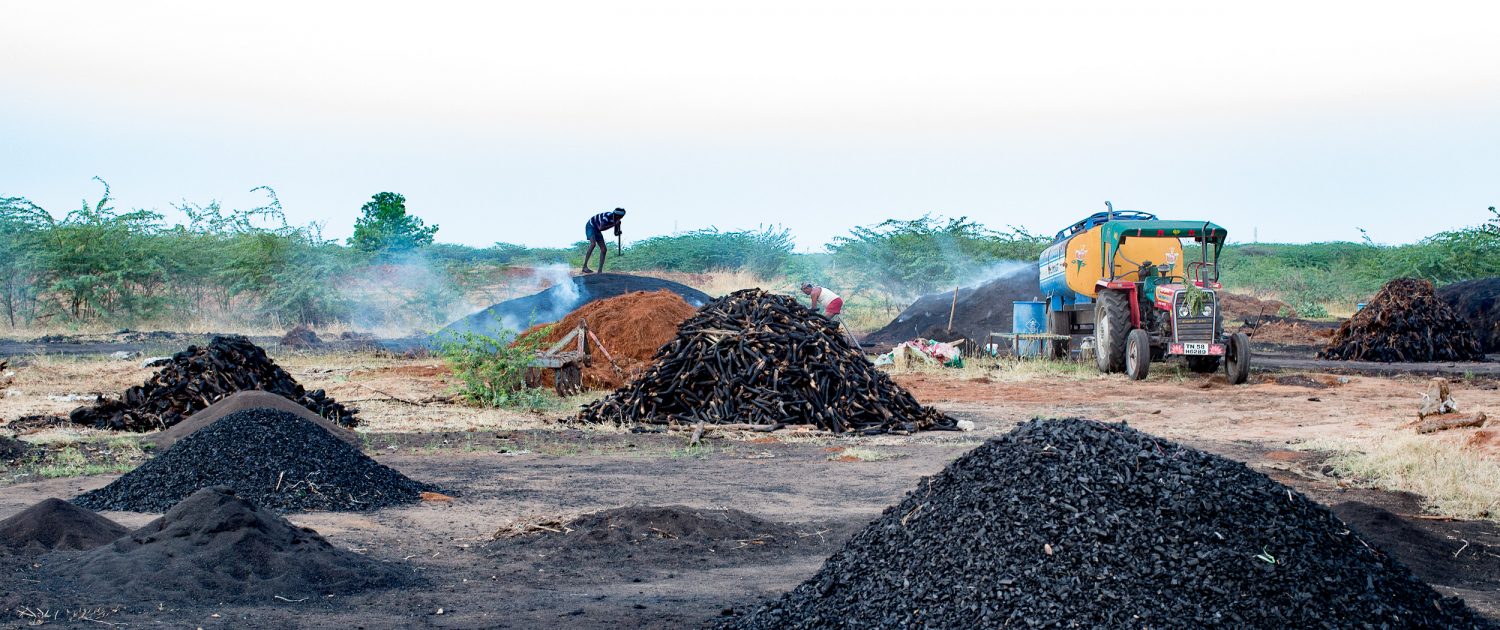
Chased by Drought, Rising Costs, and Clean Technology, India Pivots on Coal-Fired Power
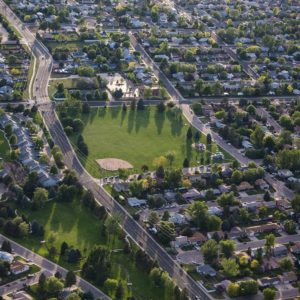
U.S. Household Water Use Continues to Decline
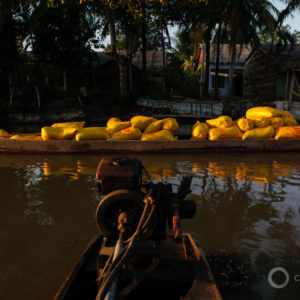
One By One Big Hydropower Dams Disrupt Mekong River’s Free Flow
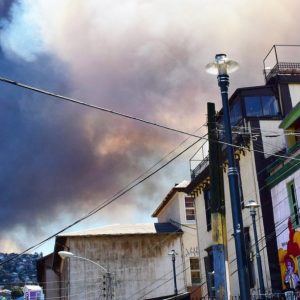
Fire and Floods Test Chile
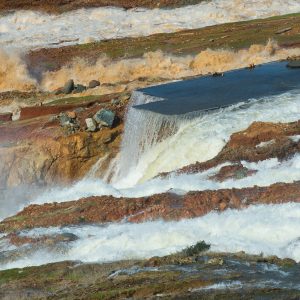
Oroville Emergency a Warning for U.S. Dam Safety
U.S. Water Utilities Face Affordability Challenges
2017 saw the most significant action to date on water affordability in the United States. Philadelphia became the first city to offer a water rate based on household income, while California regulators developed plans for the first state-run water bill subsidies to low-income residents.
The Philadelphia experiment went into effect in July, and it is being watched closely by utilities, lawmakers, and public policy experts, who are debating how to define and measure affordable water. The California Water Resources Control Board will submit its recommendations for how to operate and fund a statewide affordability program to the Legislature by February.
Meanwhile, a water pipe break in the Detroit suburbs in October that shut down water service to more than 50,000 people and a water main rupture in December near Minneapolis that closed an interstate highway were reminders that water systems are enjoined with public health and safety.
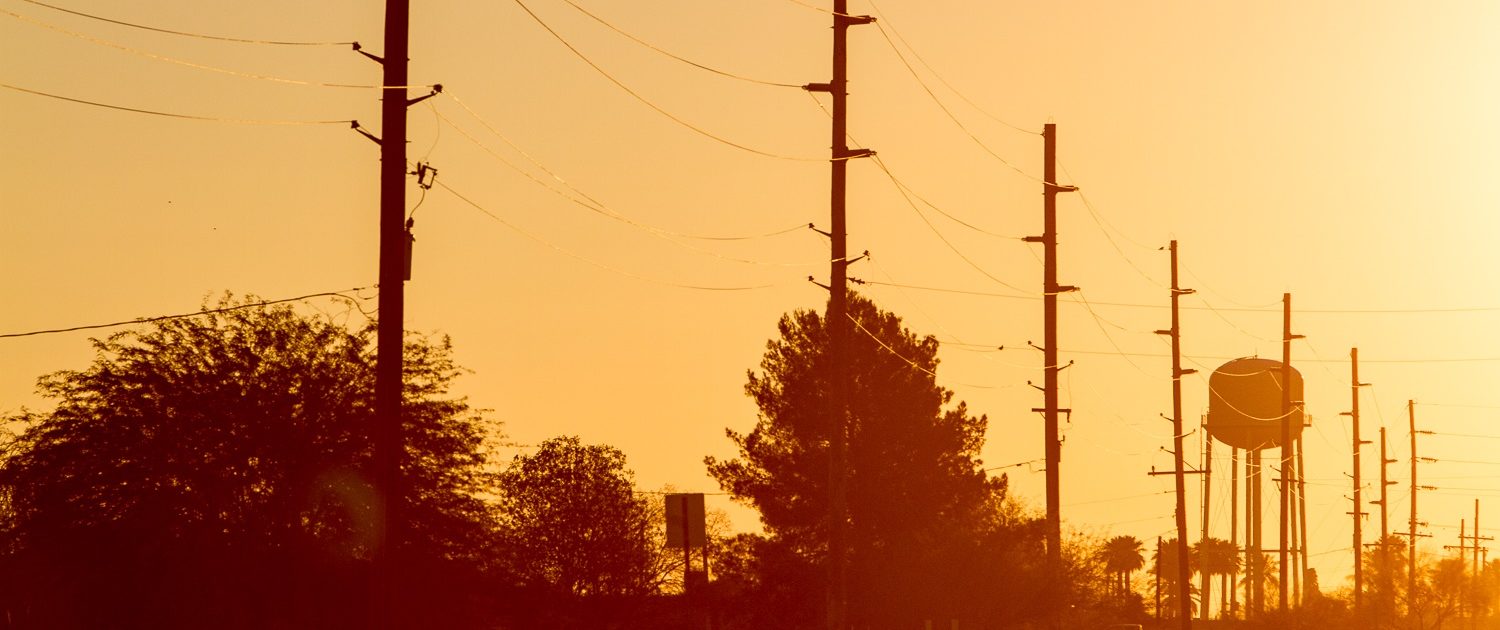
When It Comes To Water Service How Expensive Is Too Expensive?
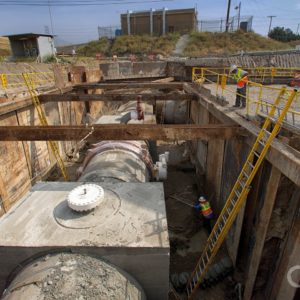
Panel Recommends Changes to Two-Decade-Old EPA Water Affordability Guidelines

Philadelphia Water Rate Experiment Aims to Help Struggling Residents Pay Their Bills
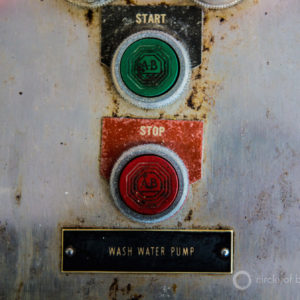
Water Bill Assistance for the Poor Hindered by State Laws

California Hones Drinking Water Affordability Plan
Groundwater Pollution and Exploitation
Groundwater provides nearly half of the world’s water used to grow crops. But that heavy reliance comes at a long-term price.
So much water has been pumped from underground that cities, bridges, and canals are sinking. Land in Hanoi, the capital of Vietnam, has settled between one and three feet in some areas. Bangkok, Dhaka, Manila, and other coastal megacities are seeing their flood risk rise because of groundwater dependence and sinking land. In California, canals that move water across the state have buckled and are carrying less water than their designed capacity.
Pollution is a concern as well. Perfluorinated chemicals drew attention from U.S. regulators while in Tamil Nadu farm land and community wells have been shut down because of chromium contamination of groundwater.
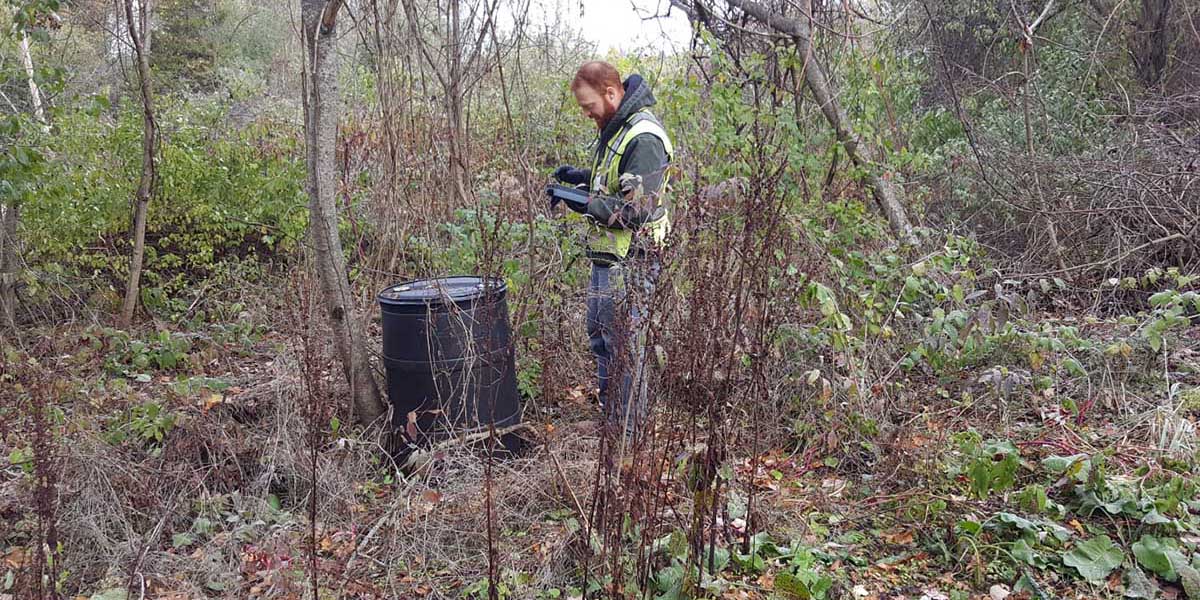
Republicans: Michigan shouldn’t regulate more strictly than Washington
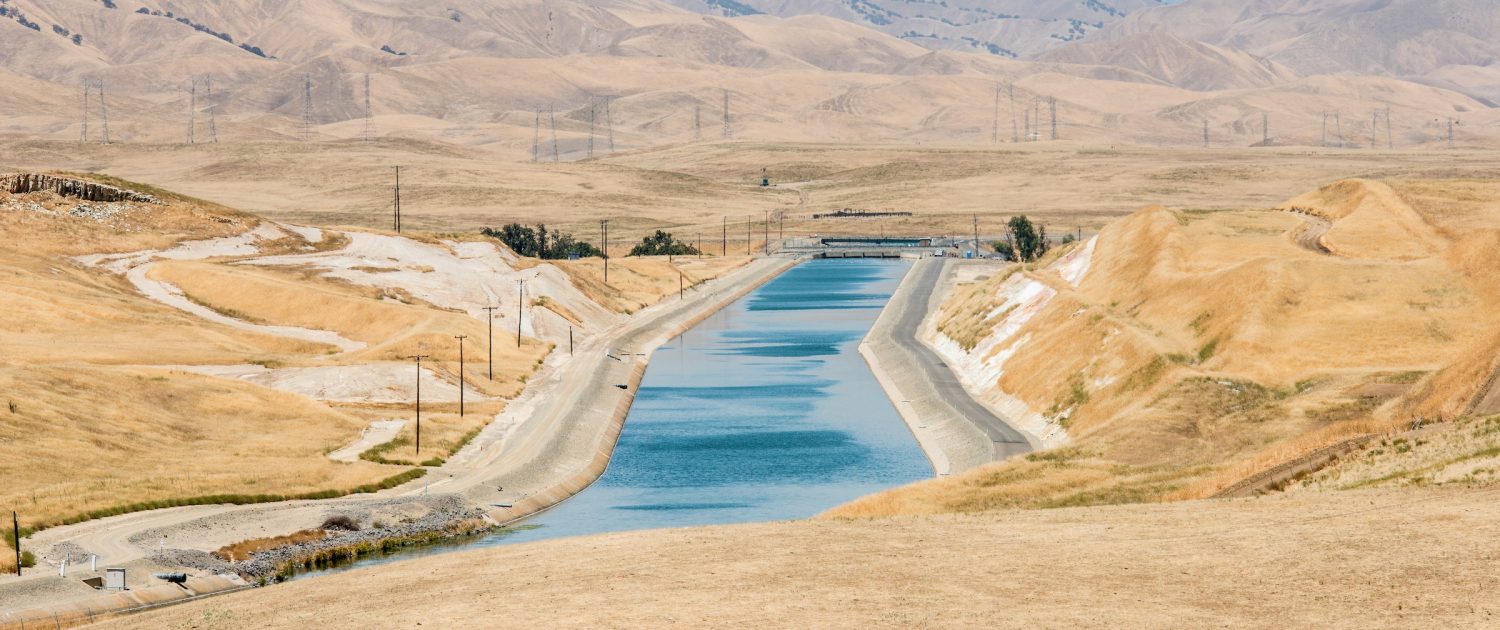
Sinking Land Causes California Water Chokepoint
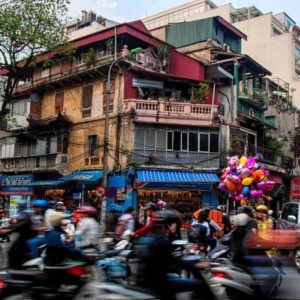
Hanoi Sinks As It Grows
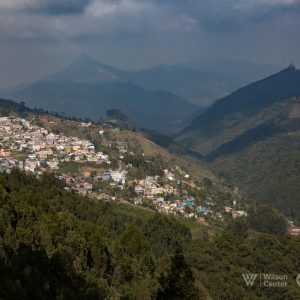
India’s Toxic Trail of Tears
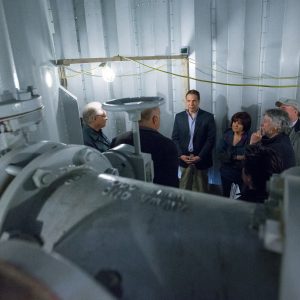
Nonstick Chemicals Slipped Into Water, Causing Health, Environmental, Regulatory Mess
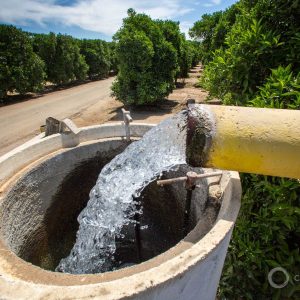
Sinking Land Crushes California Groundwater Storage Capacity
Continuation in 2018
These trends seem durable and likely to extend into 2018 and beyond. The pace of environmental change will not slacken. The Thomas Fire, burning today in the hills northwest of Los Angeles, is close to becoming the largest forest fire on record in California — during what is generally considered the wet season. In the Arctic, U.S. government scientists observed an environment that has been knocked askew, with no sign that the future will be icy. Society’s responses to water stress and a warming planet will need to match or even exceed the magnitude of change witnessed to date.
Nowhere is this more apparent than in Cape Town, where leaders announced additional water restrictions that will go into effect on January 1 and a water bill surcharge starting in February that will pay for a fleet of emergency desalination plants and groundwater projects. It’s all in an effort to fend off Day Zero, when the reservoirs go dry.
Brett writes about agriculture, energy, infrastructure, and the politics and economics of water in the United States. He also writes the Federal Water Tap, Circle of Blue’s weekly digest of U.S. government water news. He is the winner of two Society of Environmental Journalists reporting awards, one of the top honors in American environmental journalism: first place for explanatory reporting for a series on septic system pollution in the United States(2016) and third place for beat reporting in a small market (2014). He received the Sierra Club’s Distinguished Service Award in 2018. Brett lives in Seattle, where he hikes the mountains and bakes pies. Contact Brett Walton
Related
© 2025 Circle of Blue – all rights reserved
Terms of Service | Privacy Policy




